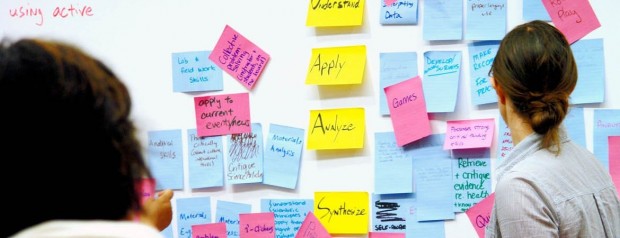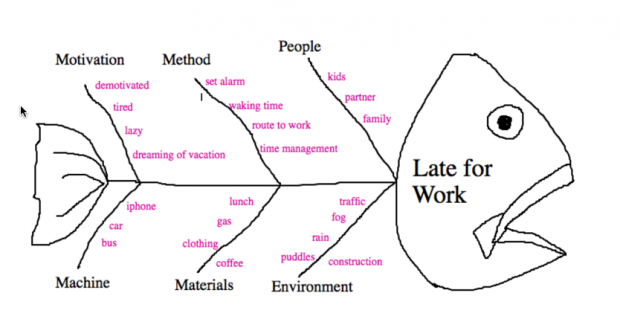 Please see here for the page on which the following is located, which also has the videos!: https://blogs.ubc.ca/phil102/weekly-schedule/week-5/
Please see here for the page on which the following is located, which also has the videos!: https://blogs.ubc.ca/phil102/weekly-schedule/week-5/
There are three video lectures on the trolley problem and on Judith Jarvis Thomson’s article called “The Trolley Problem.” You will need to watch them before class on Tuesday, June 9, and do a couple of activities about them.
Before watching these videos, please participate in these two polls (optional; this doesn’t keep track of who has done so or not, but it could be interesting to see the results!)
Do you think it’s permissible for the bystander to flip the switch and move the trolley onto the track with one person instead of five?
Yes
No
Do you think it’s morally permissible for the bystander to push the large person onto the tracks, thereby killing one instead of five?
Yes
No
Online discussions related to the videos:
You need to add your thoughts to at least one of the following discussions on this site. You don’t need to be logged in, but you will have to give a name and email address (the email address is not shown publicly!). If you want to remain anonymous, you can either just give your initials or use a fake name and tell me what your fake name is via email so I know you participated in the discussion.
Your contributions to the discussion can either be new comments or substantive replies to someone else’s comment (not just something like “yeah, I agree”…that doesn’t say much).
Please contribute to either one or both of these discussion questions (click on the titles of each to get to the page to make your comments):
1. Difference between the trolley driver & transplant cases
After watching the video by Christina on Philippa Foot’s trolley driver and transplant cases, please comment on the following:
Do you think the way she explains why the trolley driver may turn the trolley but the surgeon may not transplant the patient’s organs, through negative and positive duties, makes sense? If not, do you think there is some other way to explain the difference between those two cases, that could show why the trolley driver can turn the trolley but the surgeon cannot operate? Of course, if you don’t agree that the trolley driver can turn the trolley, you can also say that too, and why, if you wish (not required!).
Add your thoughts through the comments at the bottom of the page. You can also reply to others’ comments. If you want to get an email notification if someone replied to your comment please check the box in the comment area saying so.
2. Difference between bystander at the switch and the large person
After watching the videos by Christina about Thomson’s trolley examples (the second and third videos by her), including “bystander at the switch” and the one Thomson calls “fat man,” please comment on the following:
Do you think the way that Thomson distinguishes why the bystander may flip the switch to turn the trolley, but may not push a large person onto the tracks, makes sense? If not, do you think there is some other way to explain why it’s okay to kill one person in the switching the trolley track case but not in the pushing the large person case? Of course, if you don’t agree that the bystander can flip the switch and turn the trolley to kill one person, you could also say that and explain why (not required!).
Please add your thoughts by using the comment box, below. You can also reply to others’ comments. If you want to get an email notification if someone replied to your comment please check the box in the comment area saying so.



 Please see here for the page on which the following is located, which also has the videos!:
Please see here for the page on which the following is located, which also has the videos!: 
